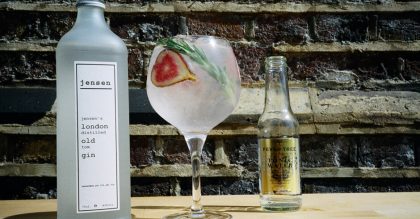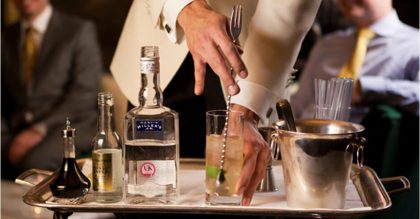Gin sales skyrocketed worldwide despite harsh lockdown restrictions. Look at statistics for the gin industry in 2021 & for the coming years.
Gin
Discover the art behind gin, the best gin you must try and many recommendations on gin tasting for the best gin experience.
Shake up Some Gin Cocktails!
Explore the world of gin with a TRULY experience, and take your new knowledge home to mix these five refreshing gin cocktails.
But Really, How is Gin Made??
When you are sipping a G&T at a swanky cocktail bar in London, have you ever stopped to wonder how is gin made? Discover more here.
9 Bars Where You Can Taste the Best Gin in London
From elaborate G&Ts to fancy gin cocktails, here are some of the classiest bars where you can taste the best gins in London.
History of Gin – Where Does Gin Come From?
Ever wondered where does gin come from? Look no further as we answer all the questions you may have to this all-time favourite drink.
The Most Collectible Gins in the World
A very British spirit, gin has delighted the natives on these isles for hundreds of years. We’ve compiled the most collectible gins in the world for you.




